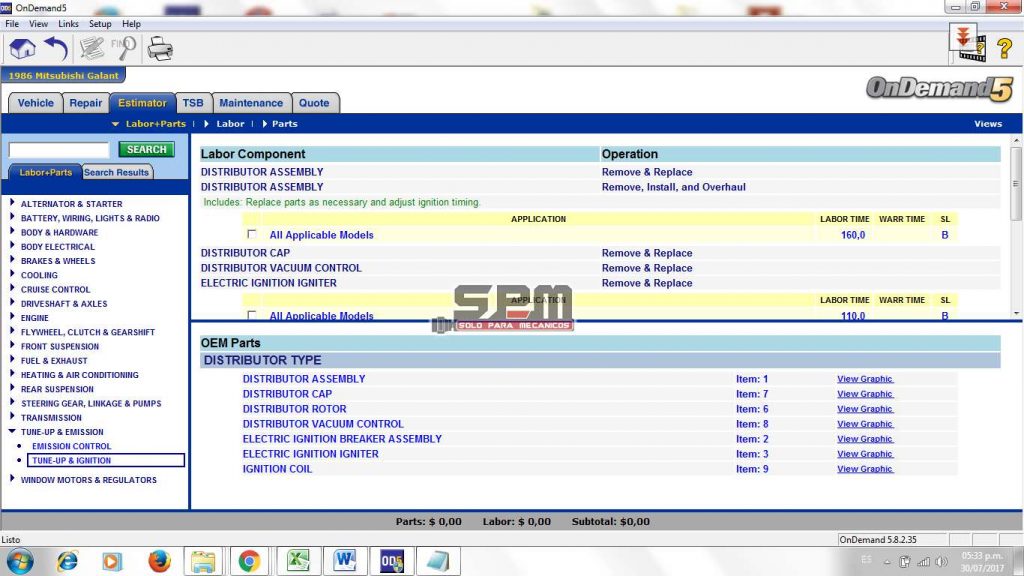
“We hold annual career fairs and other events that allow our students to meet people working in the industries they’re interested in. “Our faculty maintain close connections with local agribusiness people, both personally and through our industry advisory board,” says Uilk. The program’s hands-on approach extends beyond the classroom, with faculty members helping students find summer internships.

“I have already been able to help farming friends of mine create field input maps that help them control costs.” “I really like the data-mapping classes because they’ve helped me understand how to make all that information useful to farmers,” he says.

“I wanted to major in agronomy, but after I had taken a few precision ag classes here at SDSU, I felt it was a great way to apply all the agronomy basics I was learning, so decided to double-major. The Owatonna, Minn., native didn’t grow up on a farm, but has roots in rural communities, showed livestock in 4-H and took ag classes in high school. “I definitely don’t want to spend the bulk of my workdays sitting in an office.” SDSU senior Parker Aase is one of those precision ag majors who has long known he wanted an active, ag-based career. Related: CHS Foundation announces $1.5 million gift to support SDSU precision agriculture program Opportunities in agriculture careers “In the first year it was offered, we drew students from Wisconsin, Illinois, Ohio, Texas and Washington.” It wasn’t just Upper Midwest students attracted to the new program, notes Uilk. Today, 82 students are enrolled in the major and 57 have declared precision ag as a minor. By May 2021, the program had 36 graduates. to offer students a degree in precision ag. “He recognized the industry need and was a major driving force in fundraising and in supporting curricular development,” says Uilk.īy 2015, the college had introduced a minor in precision agriculture and, in 2016, SDSU became the first land grant university in the U.S.

He attributes the university’s rapid progress in developing the program to Barry Dunn, then dean of the College of Agriculture and Biological Sciences and now SDSU president. Equipment dealers, cooperative managers and ag bankers all said they wanted ag graduates with a better understanding of the field. “We saw the need everywhere for more focused coursework on precision ag philosophy and tools. The journey began when SDSU started to expand its ag systems technology major in 2009, recalls Nic Uilk, precision ag instructor. The new Raven Precision Agriculture Center features 15 teaching labs, 12 research labs and 22 collaborative spaces for use by SDSU faculty and students and ag industry partners.


 0 kommentar(er)
0 kommentar(er)
